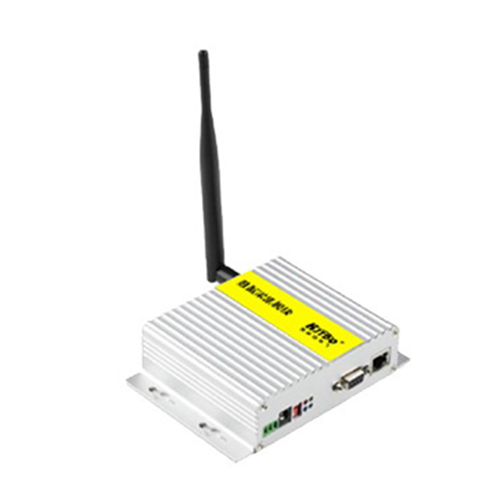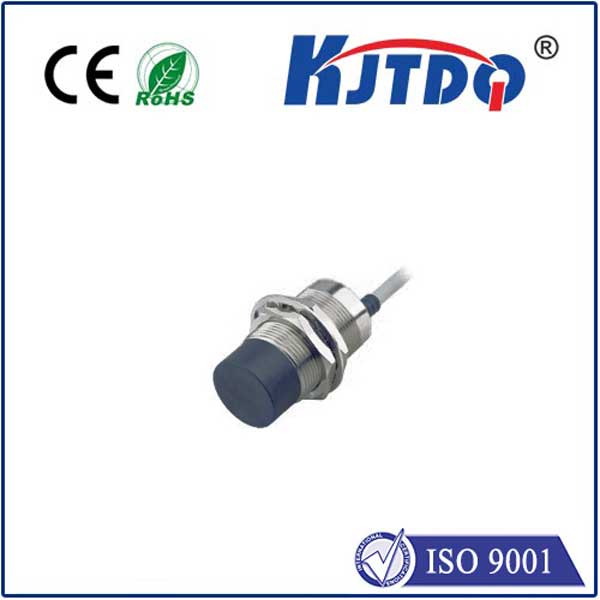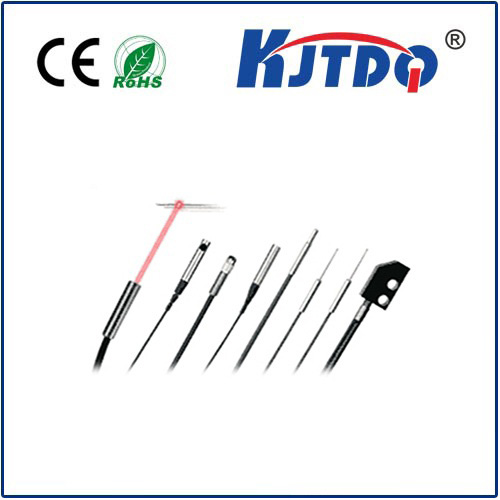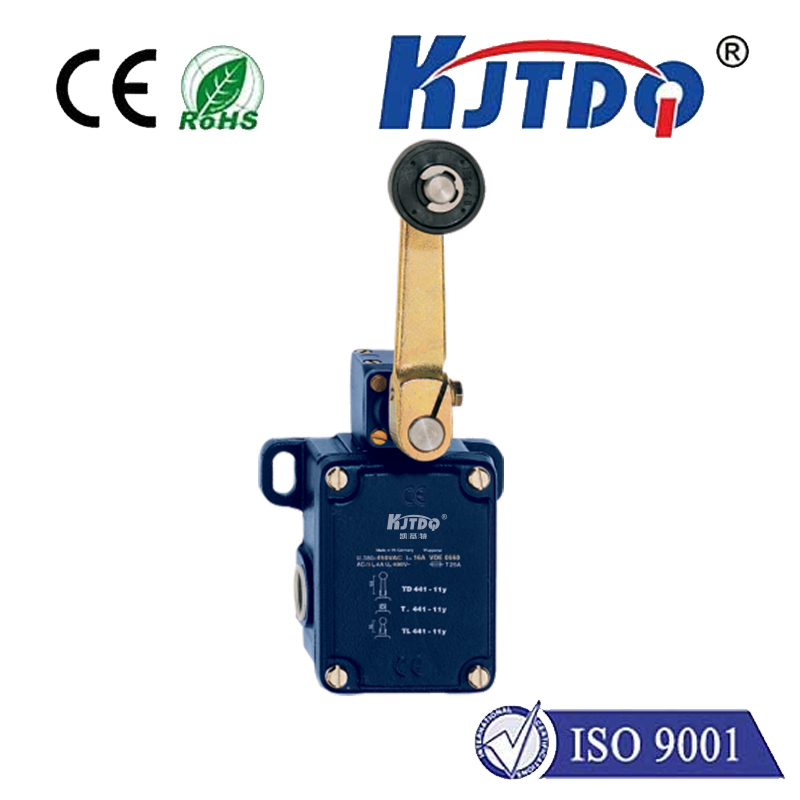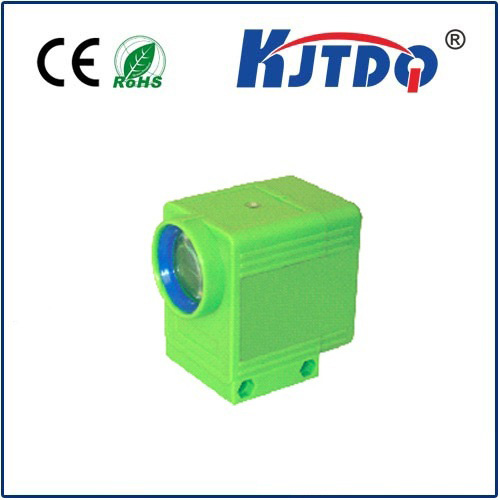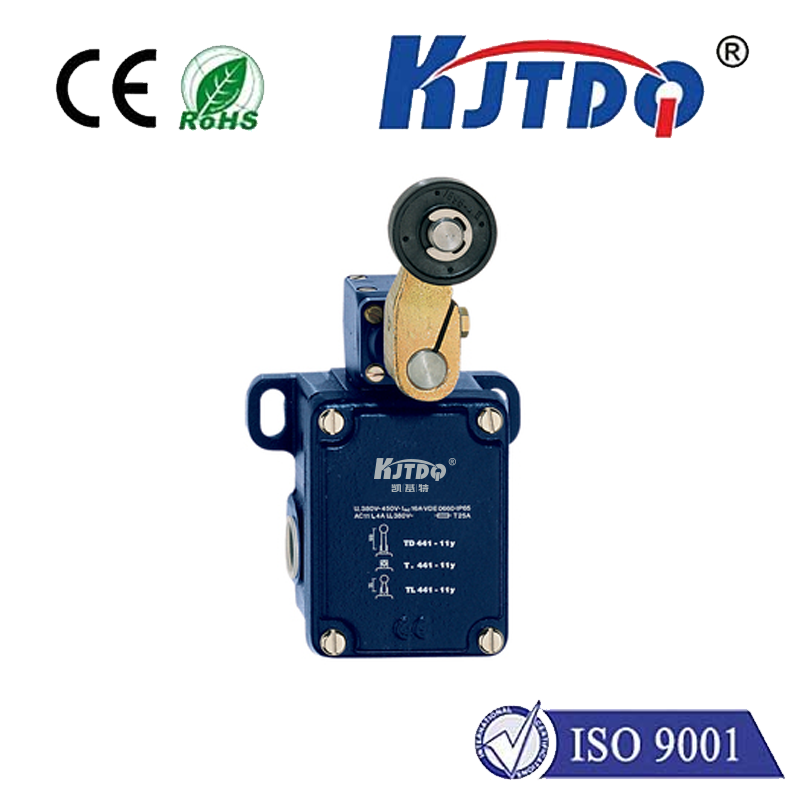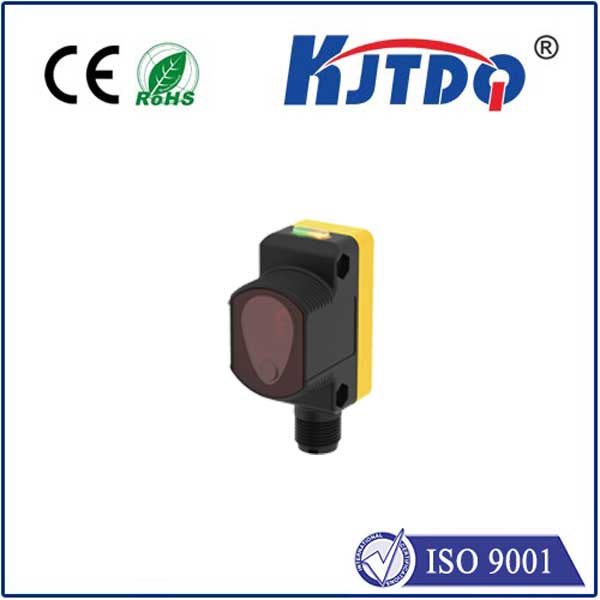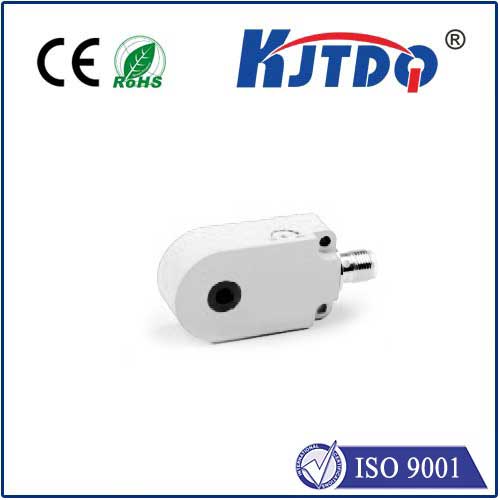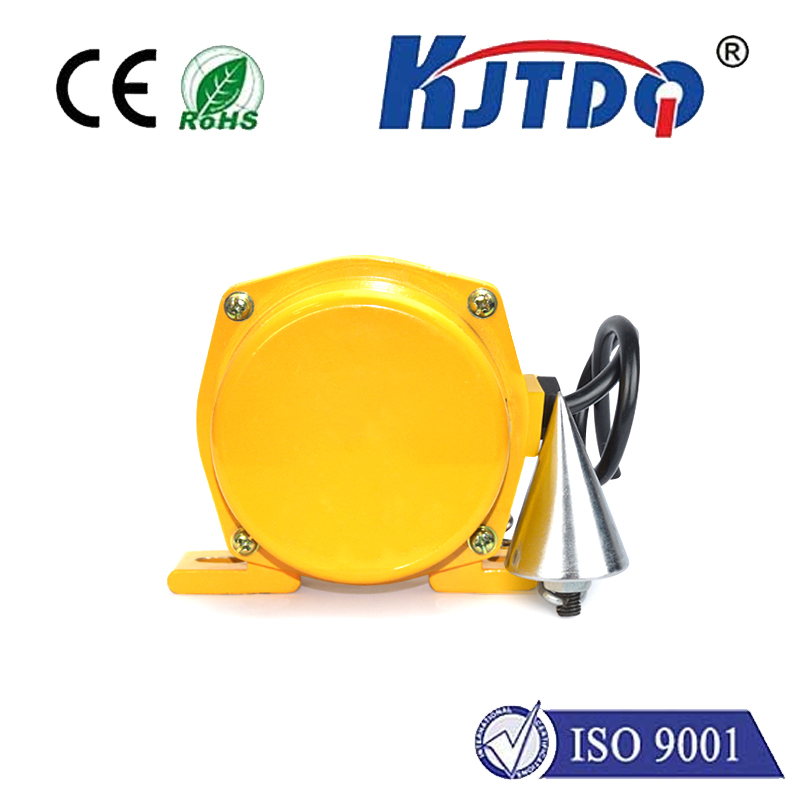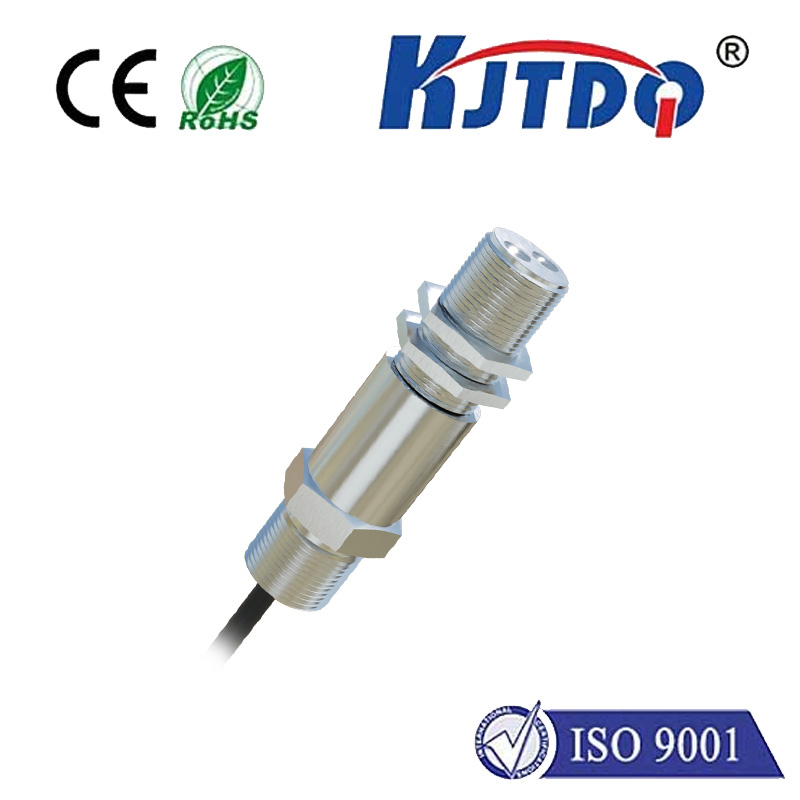BES0438 high pressure proximity sensor
- time:2025-10-01 07:20:16
- Click:0
BES0438 High Pressure Proximity Sensor: Engineered Resilience for Demanding Environments
Imagine a drill bit kilometers below the seafloor, a hydraulic press forging metal under colossal force, or a valve controlling superheated steam in a power plant. In these critical, high-pressure zones, traditional sensors falter. What’s needed is a sentinel capable of withstanding extreme forces while delivering unwavering reliability – a role perfectly embodied by sensors like the BES0438 high pressure proximity sensor. This specialized device isn’t just another component; it’s a vital safeguard engineered for mission-critical performance where pressure isn’t just a factor, it’s the defining challenge.
Proximity sensors, at their core, detect the presence or absence of nearby objects without physical contact, typically using magnetic field, inductive, or capacitive principles. The BES0438 designation refers to a specific series or model built to operate reliably in environments where ambient pressure significantly exceeds standard atmospheric conditions. While generic sensors might function adequately in controlled settings, introducing sustained high pressure creates unique hazards: potential housing deformation, seal failure leading to ingress, compromised electrical integrity, and inaccurate readings.
The defining characteristic of the BES0438 high pressure proximity sensor lies in its robust construction specifically engineered to counter these threats:
- Fortified Housing: Utilizing high-grade materials like stainless steel (often 316L for corrosion resistance) or specialized alloys, the sensor body is designed to resist distortion or collapse under immense external pressure. This structural integrity is paramount.
- Advanced Sealing Technology: Multiple redundant seals, often employing high-performance elastomers (like FKM/Viton) or metal-to-metal sealing principles, create an impermeable barrier. This prevents pressure media (oil, water, hydraulic fluid, gas) from penetrating the sensor’s internal electronics, ensuring long-term functionality and preventing catastrophic failure.
- Pressure-Compensated Design (Potential Feature): Some high-pressure variants, including designs like the BES0438, may incorporate pressure compensation mechanisms. These help equalize internal and external pressures across sensing elements or critical internal voids, minimizing stress on delicate components and enhancing accuracy over a wide pressure range.
- Ruggedized Sensing Element: The core sensing technology (inductive being common for metallic targets) is protected within this robust assembly. Even under pressure, it must maintain consistent switching characteristics and sensitivity.
- High-Pressure Rated Connections: Electrical connections, like M12 or conduit entries, feature specialized sealing to prevent leaks at termination points, a common vulnerability under pressure.
Where Does the BES0438 High Pressure Proximity Sensor Excel?

These sensors are indispensable in industries where equipment operates submerged, deep underground, or within pressurized hydraulic/pneumatic systems:
- Subsea & Marine Engineering: Monitoring valve positions, actuator status, or equipment alignment on remotely operated vehicles (ROVs), subsea production systems, and drilling rigs, where pressures can reach hundreds or even thousands of bar. The BES0438’s resilience is critical in these inaccessible, high-stakes environments.
- Hydraulic Machinery: Within the powerhouse of hydraulic presses, injection molding machines, or heavy construction equipment, pressures routinely soar. Sensors like the BES0438 reliably detect cylinder end positions, valve shifts, or component presence amidst intense hydraulic forces without succumbing to leaks or deformation.
- Oil & Gas Exploration and Production: Downhole tools, wellhead equipment, and processing facilities generate extreme pressures. High-pressure proximity sensors provide essential feedback for control and safety systems on blowout preventers (BOPs), choke valves, and pumping equipment.
- High-Pressure Testing Rigs: In facilities testing pipelines, valves, or pressure vessels (HPHT - High Pressure High Temperature), sensors must monitor fixture positions or test status reliably under the very conditions they are designed to verify. BES0438 sensors offer dependable performance.
- Power Generation: Monitoring critical components within steam turbines, boiler systems, and high-pressure feedwater lines demands sensors that won’t fail under thermal cycling and sustained pressure.
- Chemical & Process Industries: Applications involving pressurized reactors, autoclaves, or specialized pumping systems benefit from the robust proximity sensing capabilities of pressure-hardened devices.
Beyond Pressure: The Combined Assault and Why BES0438 Delivers
It’s crucial to understand that high pressure rarely exists in isolation. These environments often combine with other brutal factors:
- Temperature Extremes: Deep-sea cold or process heat.
- Corrosive Media: Seawater, acids, alkalis, or aggressive hydraulic fluids.
- Vibration & Shock: From heavy machinery or turbulent flows.
- Abrasion: From particulate matter in fluids.
A true high pressure proximity sensor, exemplified by designs like the BES0438, is built to withstand this combination. Look for certifications beyond just pressure ratings:
- High IP Ratings (e.g., IP68, IP69K): Guaranteeing dust-tightness and protection against prolonged submersion or high-pressure water jets.
- Corrosion Resistance (e.g., 316L Stainless Steel): Essential for longevity in harsh chemical or marine settings.
- Wide Operating Temperature Range: Ensuring functionality from arctic cold to foundry heat.
- Robust Vibration/Shock Resistance: Maintaining reliability on mobile equipment or vibrating machinery.
- Specific Industry Approvals (e.g., ATEX/IECEx for Hazardous Areas, Marine Certifications): Critical for safety and regulatory compliance in specific sectors.
Why Choosing Right Matters: The Cost of Compromise
Selecting a standard proximity sensor for a high pressure application is a gamble with potentially severe consequences:
- Premature Failure: Seal collapse or housing breach leads to immediate sensor loss.
- Intermittent Operation: Pressure-induced fluctuations cause unreliable signals, disrupting processes or triggering false alarms.
- Contamination: Seal failure allows process media into the sensor, damaging it internally and potentially contaminating the electrical system.
- Catastrophic System Failure: In critical safety systems (like BOPs), sensor failure can contribute to major accidents.
- High Downtime & Maintenance Costs: Replacing failed sensors in inaccessible or pressurized systems is expensive and time-consuming.
The BES0438 high pressure proximity sensor represents a class of devices engineered to mitigate these risks. Its value proposition lies in predictable longevity, unwavering reliability, and operational safety under conditions that would swiftly incapacitate lesser sensors. It translates to reduced unplanned downtime, lower maintenance overheads, enhanced process control, and, critically, a safer working environment. When pressure defines the operational reality, settling for anything less than a purpose-built high pressure proximity sensor is not an option. The BES0438 stands as a testament to engineering resilience, enabling technology to function reliably at the very edge of performance.






